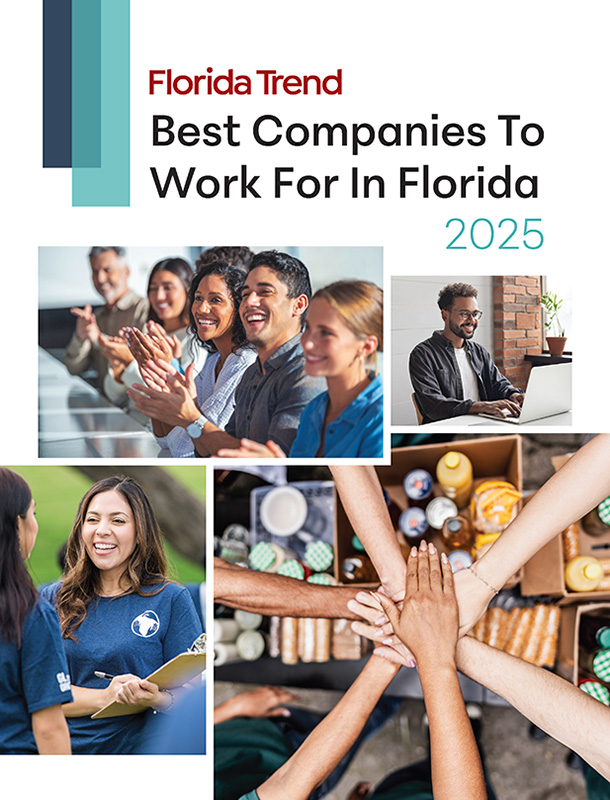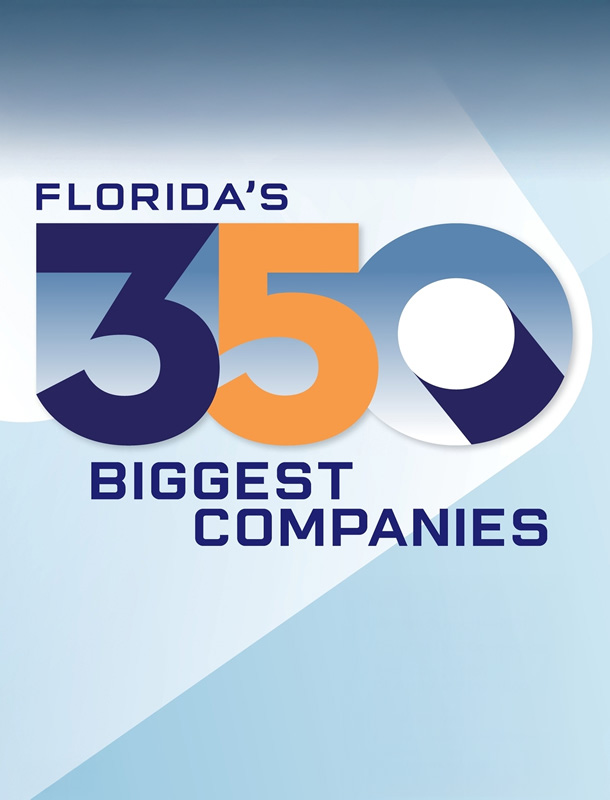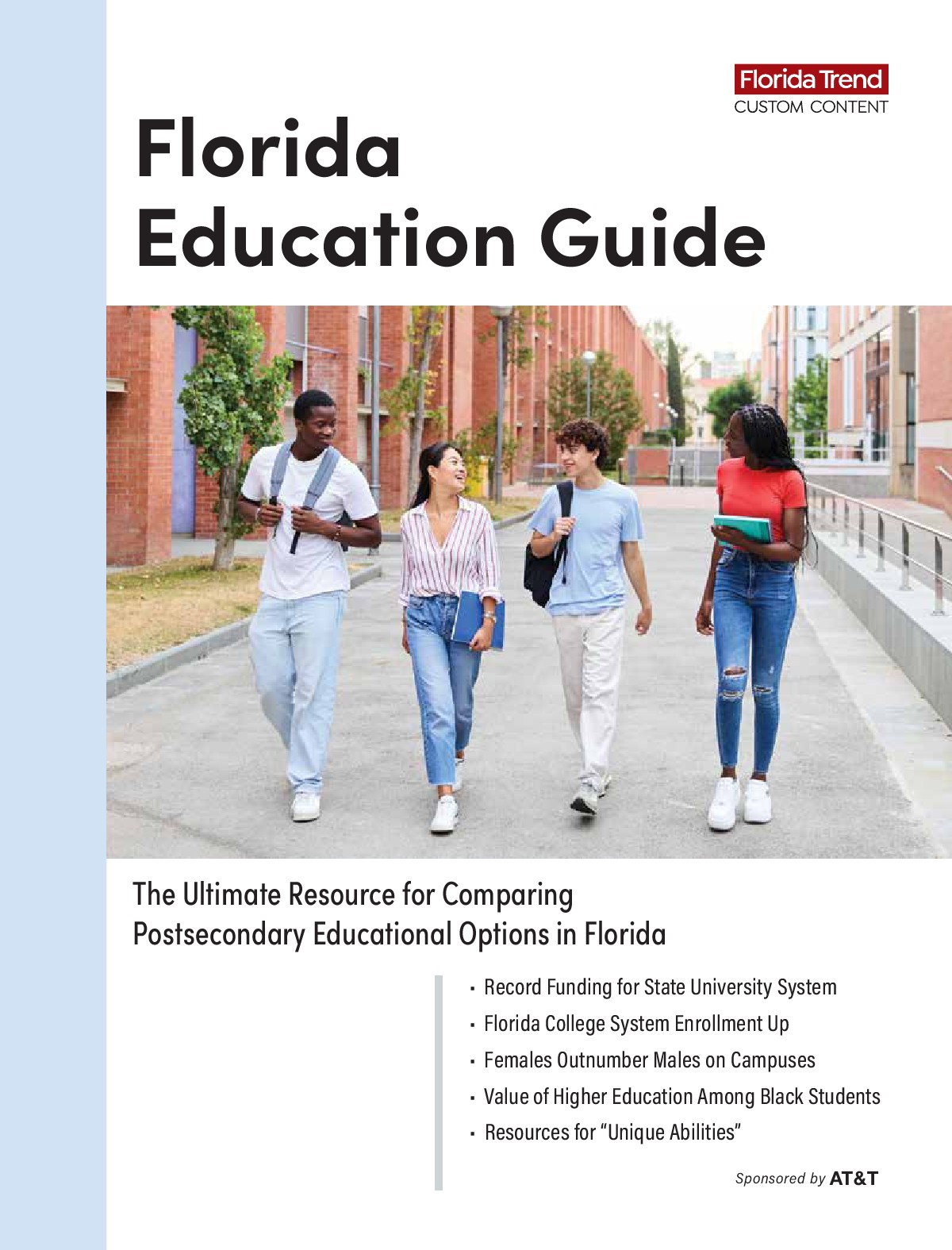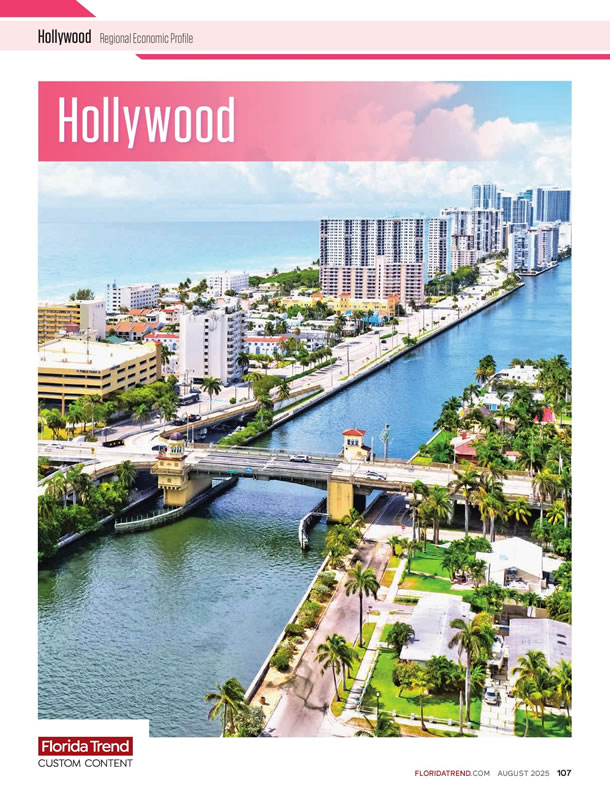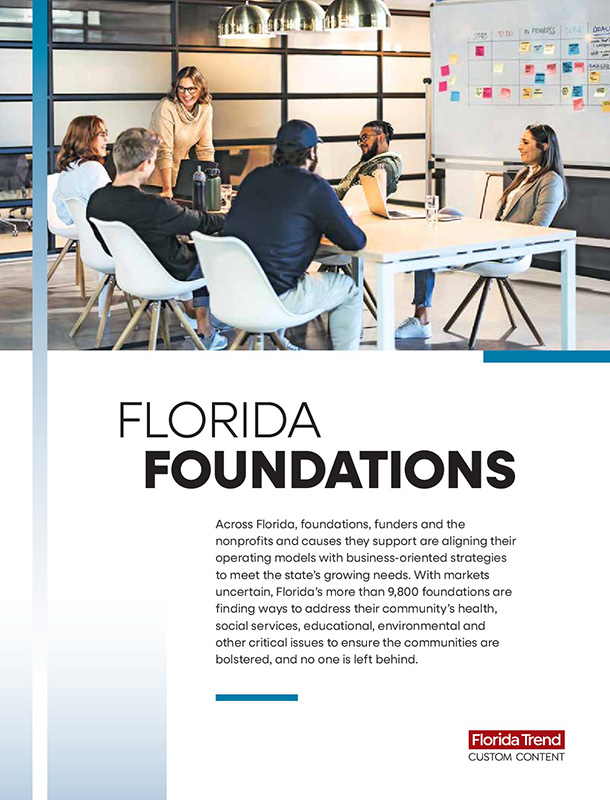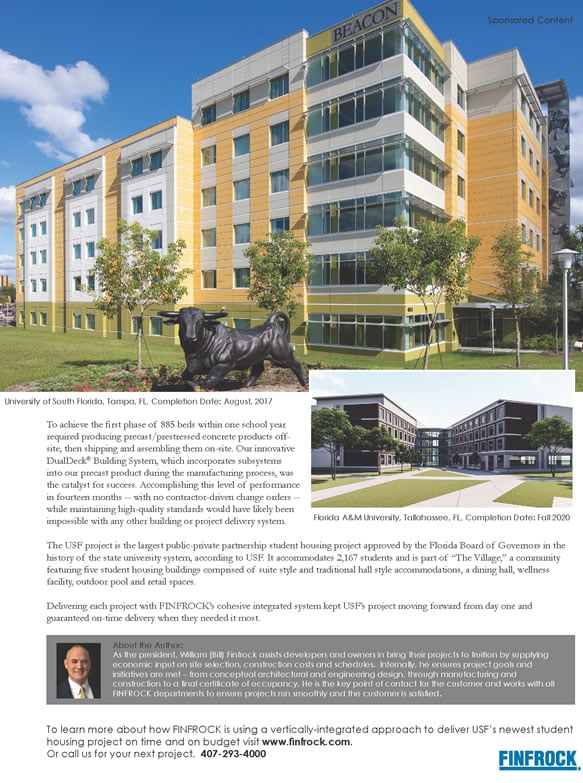May 2025 | Brittney J. Miller
David Gwynn, the Florida Department of Transportation’s District 7 secretary since July 2017, is retiring in early May from his position serving Tampa Bay counties. Justin Hall, the district’s director of transportation development, is slated to succeed him.
In his role, Gwynn orchestrated $14 billion in transportation projects throughout Citrus, Hernando, Hillsborough, Pasco and Pinellas counties. He helped FDOT renew community ties after its controversial Tampa Bay Express, or TBX, initiative to add toll lanes along 90 miles of interstate. Some of his big-ticket projects include Tampa’s $1-billion Westshore Interchange and $223.5-million Downtown Interchange, and the new $865.3-million Howard Frankland Bridge between Pinellas and Hillsborough counties.
As his tenure drew to a close, Gwynn reflected with FLORIDA TREND on Tampa Bay's wins, continued challenges and future of its transportation systems.
FLORIDA TREND: What were your goals when you started this position?
GWYNN: Before joining FDOT, I spent about 30 years in the private sector. I wanted to finish my career in the public sector and focus on the customer service side. Customer service in the public sector is a little different than the private sector. It’s not like people can say, 'I don’t like how FDOT is handling this. I’m going to go to Georgia DOT.' FDOT is all they have — and to me, that made customer service even more important. I wanted to make sure our folks were engaging with communities, elected officials, other agencies and stakeholders. Once you focus on customer service, everything else falls in line.
FT: How do you accomplish projects of that size with so many stakeholders?
GWYNN: In the planning stages, we’re looking at the basic elements. That’s probably most important because then we can show the community what we’re planning and get their input if we need to make modifications. We also work closely with the local agencies to stay consistent with their programs and their plans. We spend a lot of time holding public meetings and hearings. So, a lot of it is just being out there. We’ve spent a lot of time in the last eight years being out there. A really good example is what we’re calling transportation talks. We go to communities (without a project in mind) and just say, ‘What would you like us to consider doing?’ It’s a chance to sit down with a blank slate.
FT: What are you proudest of accomplishing during your tenure?
GWYNN: There are specific projects that I’m proud of. But I’m also proud of a few initiatives we’ve undertaken, particularly making the community the center of everything we do. They’re our employer, more or less. In my mind, they’re our customer. They’re why we exist, and so we have to engage with them. And I think we’ve done a really good job.
Another passion of mine is on the safety side. In our district alone, we lose close to 10 people a week through accidents. We have done a lot of work in the safety arena. We were the first FDOT district to establish a standalone safety department to help drive down fatalities and serious injuries on our roadways. We’re going into high schools and encouraging students to be safe drivers. We’ve also worked on large-scale enforcement efforts to (educate drivers). And we’ve focused on (protecting) pedestrians and bicyclists. If you drive around our district, you’ll see new pedestrian traffic signals and reflective rapid flashing beacons.
The last one is that Tampa Bay, historically, has not looked at transportation in a regional manner. But, when you’re driving on a road, you really don’t care what county you’re in. The regional metropolitan planning organization is something that we’ve been promoting. The moving of goods and services, the congestion relief, the safety benefits — all are going to come from a regional outlook and solution, as opposed to county by county.
FT: Looking ahead, what other progress needs to happen in Tampa Bay transit?
GWYNN: I don’t have a crystal ball, but I think we’re going to see increased population growth. And with that comes the question: How do you continue to move people around? It’s a struggle. There’s only a finite amount of money available to widen the roads. I’m hoping in the future there will be better technology for vehicles. If cars could interact with the cars around them electronically, you could move more cars in the same footprint than you can today.
It's a difficult subject to talk about, because we haven’t found a solution yet, but there do need to be other transit modes, whether they be buses or a rail system. Our intention is not to make it where people can’t drive cars. There’s always going to be a need for people to drive vehicles. But having other options in the network will certainly be something that a growing and large region should have.



